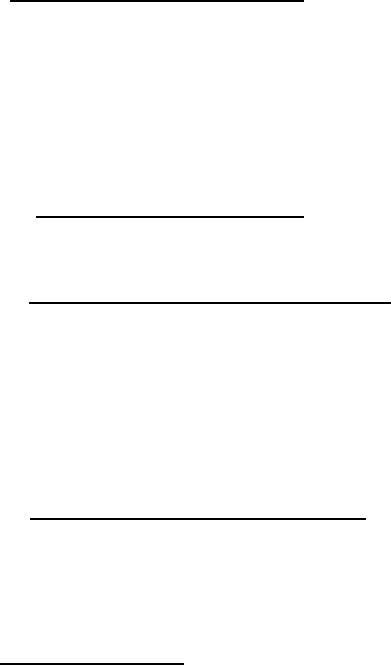 |
|||
|
Page Title:
General calibration instructions |
|
||
| ||||||||||
|
|  MIL-W-16642D(SH)
4.3.2 General calibration instructions. The reagent bottles shall
be calibrated by weighing the quantity of distilled water they contain
and calculating the volume. The automatic-zero burets and graduated
cylinder shall be calibrated by weighing the quantity of water they
deliver, and then calculating the volume. To calculate the volume, it
is necessary to determine the temperature of the distilled water used,
and then obtain its density at the observed temperature from any reference
or text book. The volume shall then be calculated by dividing the weight
of water contained or delivered by the density of the water. The glassware
used In the various calibration tests shall be thoroughly cleaned, prior
to test, using a cleaning solution consisting of concentrated sulfuric
acid which Is saturated with sodium bichromate.
The glassware shall then
be thoroughly rinsed with distilled water. A thin film of stopcock lubri-
cant shall be applied to each stopcock before use.
4.3.2.1 Calibration of reagent bottles. Weigh the dry reagent
bottle on a platform balance to the nearest 1.0 gram (g). Then fill the
bottle with distilled water to the 1000 mL mark and reweigh to the nearest
1.0 g. Calculate the volume. The difference between the nominal and cal-
culated volume of the bottle shall not be greater than plus or minus 10 mL.
4.3.2.2 Calibration of the automatic-zero burets. Support the buret
in a vertical position on a bottle provided with a means of filling the
buret with an aspirator bulb. The assembly used shall simulate or
duplicate actual use (see figure 1). Fill the bottle with distilled water,
then fill the buret with the water by means of the aspirator bulb and allow
to drain completely. Refill the buret, and drain a small quantity of water
to fill the tip of the buret.
Refill.
Slowly drain the water contained
from the zero to the 10 q L graduation into a weighed, dry weighing bottle.
Allow sufficient time for the water to completely drain from the internal
surfaces of the buret. Touch the tip of the buret to the inside of the
bottle. Weigh the water delivered to the nearest 1.0 milligram (mg), and
calculate the volume of the buret. The difference between the nominal
and calculated volume of the buret shall not be greater than plus or minus
0.1 mL.
4.3.2.3 Calibration of the graduated cylinder. Fill the graduate
Refill the graduate to the
with distilled water, then discard the water.
100 mL graduation.
Pour the water into a weighed dry weighing bottle.
Allow sufficient time for the water to completely drain from the internal
surfaces of the graduate. Touch the tip of the graduate to the inside
lip of the weighing bottle. Weigh the water delivered to the nearest 1.0
mg and calculate the volume of the graduate. The difference between the
nominal and calculated volume for the 100 mL graduate shall not be greater
than plus or minus 0.5 mL.
4.4 Packaging inspection. Sample packages and packs and the inspec-
tion of the packaging, packing and marking for shipment and storage shall
be in accordance with the requirements of section 5 and the documents spe-
cified thereto.
PACKAGING
5.
(The preparation for delivery requirements specified herein apply
only for direct Government acquisitions. For the extent of applicability
of the preparation for delivery requirements of referenced documents listed
in section 2, see 6.3.).
6
|
|
Privacy Statement - Press Release - Copyright Information. - Contact Us |